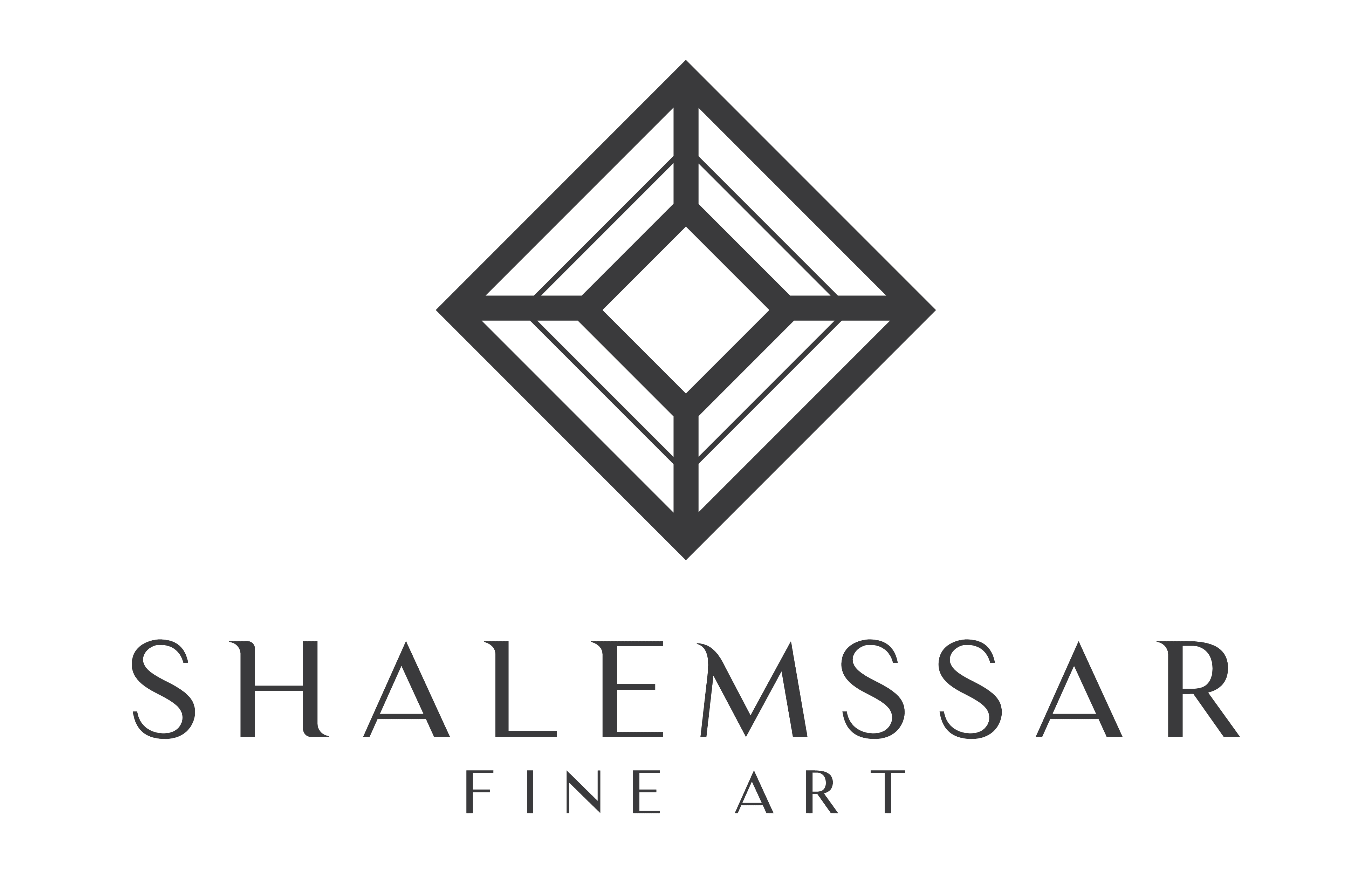
Victor Brauner
Victor Brauner was born on 15 June 1903 in Piatra Neamt, Romania. In 1914, his family settled in Bucharest, where Brauner would study at the Școala Națională de Arte Frumoase (National School of Fine Arts) from 1919 until 1922, when he was expelled for non-conformist behaviour. Throughout the early years of his career, Brauner experimented with different Modernist styles including Cubism, Expressionism, and Dada. Brauner would have his first solo exhibition in 1924 at the Sala Mozart, Bucharest, and would co-found the magazine 75HP with Ilarie Voronca and Stéphane Roll in the same year. Brauner moved to Paris in 1925, only to return impoverished two years later, and remained in Bucharest working on illustrations and designs for poetry and avant-garde periodicals during the 1920s.
Brauner moved to Paris again in 1930, and swiftly renewed friendships with the Romanian artists there, including Constantin Brâncuși and Jacques Hérold. He settled on rue Armand Moisan, where Yves Tanguy and Alberto Giacometti were amongst his neighbours, the former becoming a close friend. Brauner’s style around this time began to crystallise around his leitmotif of the eye: disembodied, replaced by horns or shown singularly on a face in profile. In 1933, Brauner was introduced to André Breton by Tanguy, and subsequently joined the Surrealist group; Breton would write the preface for the catalogue of Brauner’s solo exhibition at the Galerie Pierre in 1934. He left for Bucharest in 1935, returning to Paris in 1938. In the meantime he would feature in the International Surrealist Exhibition at the New Burlington Galleries, London (1936), and Fantastic Art, Dada, Surrealism at the Museum of Modern Art, New York (1937).
During the Second World War, Brauner initially fled with the Surrealists to Villa Bel-Air, Marseille, in 1940, before taking up residence in the Alps for the remainder of the war, where he began to experiment with wax. Brauner would return to Paris following the end of the war, where he would remain until 1961. From the mid-1940s, Brauner increasingly focussed on a synthesis of mythological sources, including Egyptian, Oceanic, Mayan and American Indian cultures whilst developing his encaustic technique. In 1947, he had his first solo exhibition in the US at the Julien Levy Gallery, New York, and in 1953, Alexander Iolas would become his main dealer. Brauner died in Paris on 12 March 1966, the same year he represented France at the XXXIII Venice Biennale.
Brauner’s work can be found in the following selected international collections: the Museum of Modern Art (MoMA), New York; the Metropolitan Museum of Art, New York; Solomon R. Guggenheim Museum, New York; Art Institute of Chicago; National Gallery of Art, Washington D.C.; the Menil Collection, Houston; San Francisco Museum of Modern Art (SFMoMA); Los Angeles County Museum of Art (LACMA); Musée National d'Art Moderne, Centre Pompidou, Paris.
